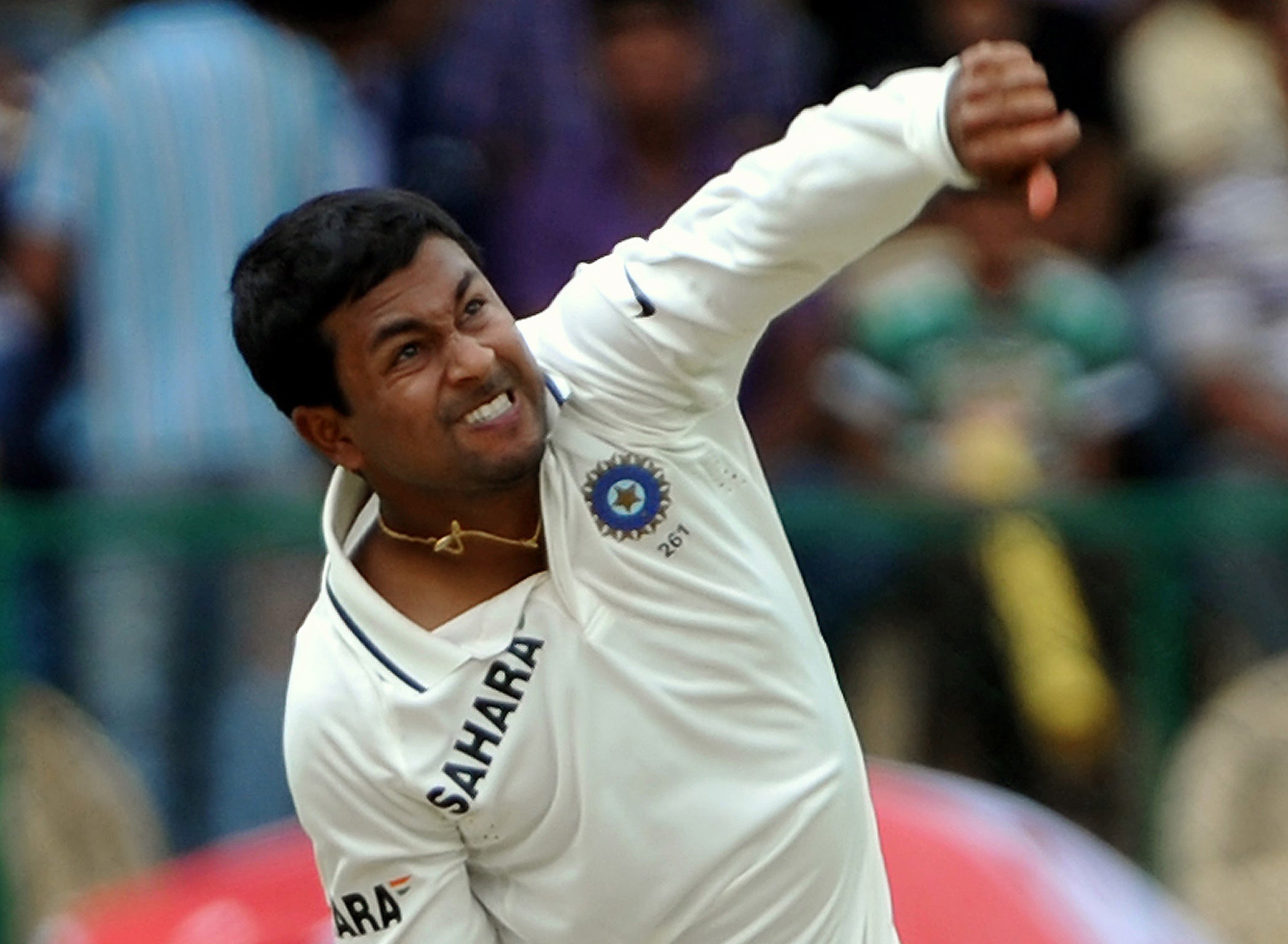India's famed spin department doesn't always turn a profit

There was a time when India playing three spinners in a home Test was as routine as a three-seamer attack in English conditions. For much of the Sixties and Seventies, India's bowling component consisted of any three from Bishan Singh Bedi, Bhagwat Chandrasekhar, Erapalli Prasanna and Srinivas Venkataraghavan, with the likes of Abid Ali, Eknath Solkar and even Sunil Gavaskar sharing the new ball.
When England toured India two decades ago and were beaten 3-0, the pace bowlers – Kapil Dev and Manoj Prabhakar – bowled fewer than 100 overs between them in the three Tests. Rajesh Chauhan, the off-spinner who was the least effective of the spin troika, bowled 169.2 overs for his nine wickets. Anil Kumble and Venkatapathy Raju took 37 between them.
India enjoyed considerable success on home soil in the 1990s, often on pitches that resembled sandpits by the final day. But with a new generation of exceptionally fine batsmen coming to the fore, led by Sachin Tendulkar, realisation dawned that the emphasis needed to be on building a side that could compete away from home as well.
Javagal Srinath, capable of bowling quicker than 90mph when his rhythm was right, led the transition. In Venkatesh Prasad, who swung the ball at a gentler pace, he had a capable ally, and the two bowled quite beautifully on the tours of England and South Africa in 1996-97.
With Zaheer Khan entering the fray in the new millennium, the strategy of packing the bowling with spinners was gradually abandoned.
Since 2000, India have seldom played three slow bowlers together. The last time they did so to telling effect was at this venue back in 2004, when Kumble, Harbhajan Singh and Murali Kartik spun them to victory despite Australia needing just 107 in the fourth innings.
In the following Test, a bore draw in Kanpur, the same three played together for the final time. A spin trio was tried against England at Mohali in 2006 but, as well as Kumble bowled, it was an incisive spell of pacy reverse-swing from Munaf Patel that opened up the game on the final morning.
By then, with Greg Chappell as coach, the emphasis was very much on unearthing quick bowlers capable of testing opposition batsmen overseas. Though Chappell's tenure was not hugely successful, Gary Kirsten changed little when he took over. The strategy for home Tests was simple: two pace bowlers and two spinners.
It worked, too. The surfaces tended to be abrasive, and reverse swing was as much of a factor as spin. Zaheer was the master of "keeping" the ball so it swung from early in the innings and, under his guidance, the likes of Ishant Sharma and Shanthakumaran Sreesanth learnt quickly.
When Australia were overwhelmed 2-0 in 2008 – at a time when they were still ranked No 1 in the world – Ishant and Zaheer took 26 wickets in the four Tests. The two front-line slow bowlers – Harbhajan and Amit Mishra – managed 29. The variety gave India options and allowed them to overcome the loss of Kumble, who retired midway through the series.
The pattern was repeated the following year when India took over the top spot after defeating Sri Lanka 2-0. Harbhajan and Pragyan Ojha took 22 wickets, but there were 18 for Zaheer and Sreesanth, both of whom delivered telling old-ball spells.
After Umesh Yadav dropped out injured on the eve of this current match, India staked everything on giving England a trial by spin. While it had something to do with the surface preparation, it was also an admission of the paucity of pace-bowling resources due to loss of form and injury.
Turn, turn, turn is a risky strategy once batsmen work out the unique rhythms of the subcontinent. In 2010 Hashim Amla plundered 490 runs from two Tests, with three hundreds. Alastair Cook has already gone a fair way to emulating that.
Dileep Premachandran is editor-in-chief of Wisden India: www.wisdenindia.com
Subscribe to Independent Premium to bookmark this article
Want to bookmark your favourite articles and stories to read or reference later? Start your Independent Premium subscription today.

Join our commenting forum
Join thought-provoking conversations, follow other Independent readers and see their replies